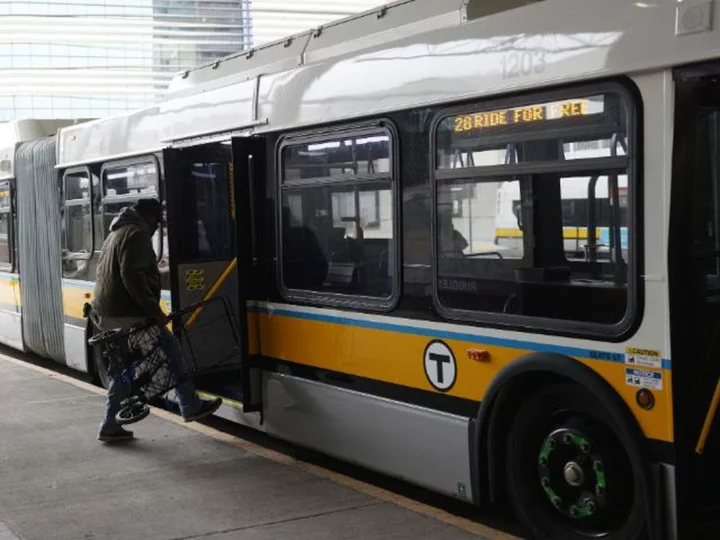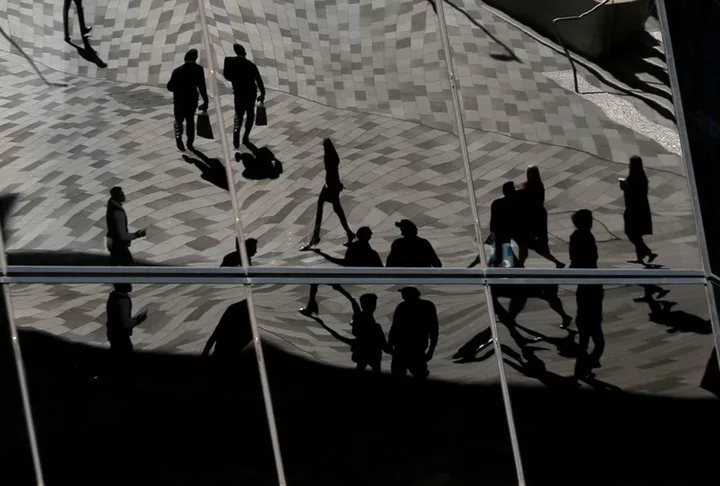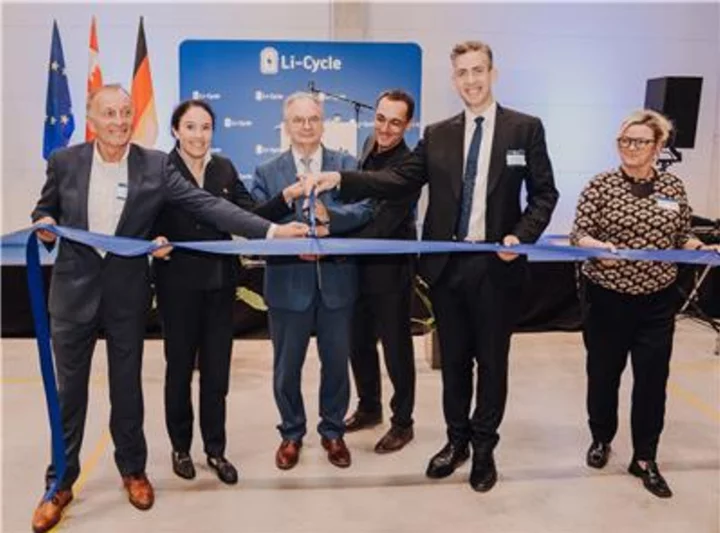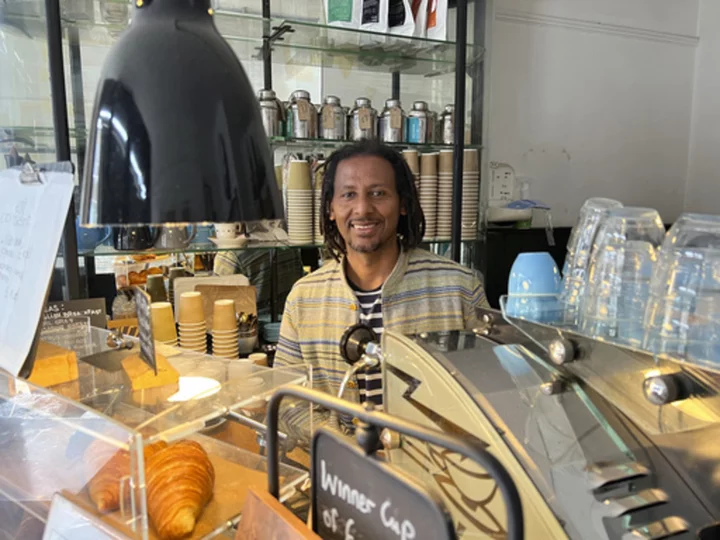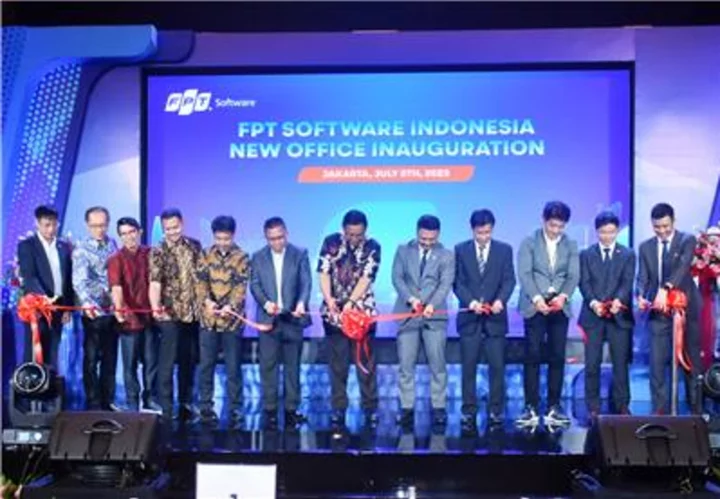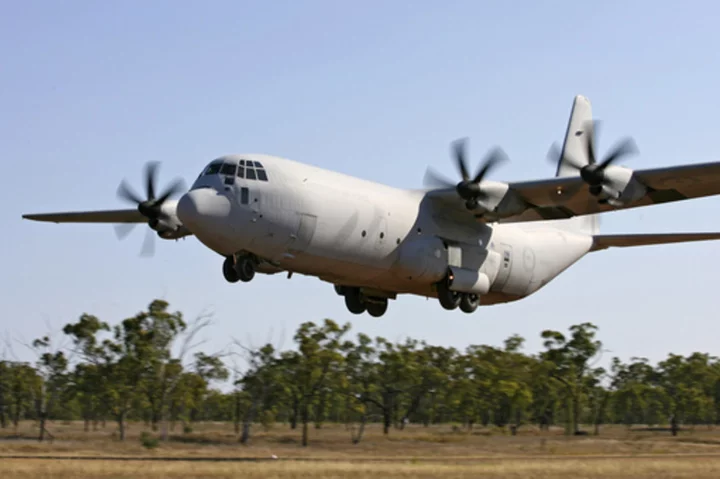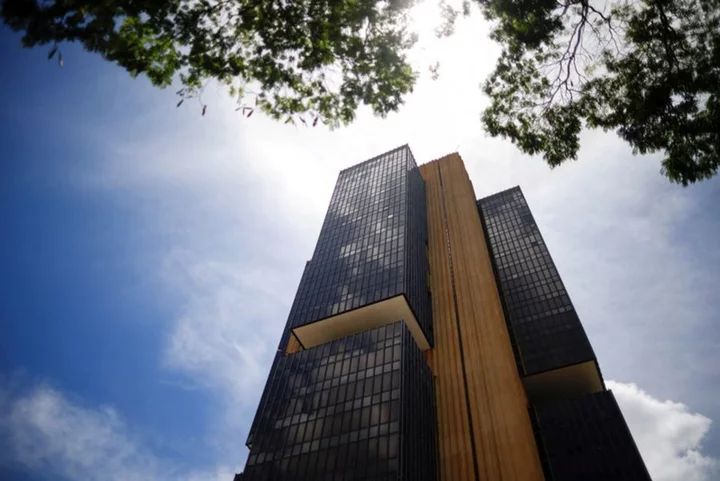More major cities in the United States are letting public transit riders hop on board for free.
Kansas City; Raleigh; Richmond; Olympia; Tucson; Alexandria, Virginia; and other cities are testing dropping fares on their transit systems. Denver is dropping fares across its system this summer. Boston is piloting three zero-fare public bus routes, and New York City is expected to test free buses on five lines.
Eliminating fares gives a badly needed boost to ridership, removes cost burdens— particularly for lower-income riders -— and reduces boarding times at stops. Proponents also hope it will compel more people to get out of their cars and ride transit. But many transit researchers, officials and advocates say that removing fares fails to address the dire state of transit systems across America and diverts scarce resources from more pressing priorities: transit service and quality.
"A very, very large proportion of residents feel that their lives are more convenient now that they don't have to ration trips," Boston Mayor Michelle Wu, who has championed free transit policies since she was a city councilor, told CNN. "We're seeing the difference that it makes when you remove financial barriers for everyone."
However, some experts say there are also targeted ways to help low-income riders afford trips without further straining transit agencies' funding models. They also say there are more effective policies to get people out of their cars and onto transit, such as congestion pricing and parking restrictions.
And dropping fares does not make buses run on time or lead to faster and cleaner trains. These are the improvements that will get more people to take transit instead of drive, according to passenger surveys.
TransitCenter, a transit advocacy group, found in a 2018 survey of riders with household incomes below $35,000 in eight major cities that frequency, safety, crowding and reliability were higher priorities than bus fare.
"The conversation over free fares obscures what the issues are with people using transit," said Stephanie Lotshaw, the acting executive director of TransitCenter. "It doesn't call enough attention to the fact that we massively underfund transit at every level of government."
Free transit experiments
The first fare-free public transit program in the United States started during the 1970s, but the concept has gotten a push in recent years as urban areas look to mass transit to reduce carbon emissions and ease inequality.
The move toward free fares expanded at the start of the Covid-19 pandemic, with help of nearly $70 billion in federal pandemic relief funding to transit agencies.
At least 35 US agencies have eliminated fares across their network, according to the American Public Transit Association. Massachusetts Sen. Edward Markey and US Rep. Ayanna Pressley have introduced a bill in Congress to establish a $25 billion grant program to support state and local efforts for fare-free systems.
The zero-fare push comes as ridership nationwide remains sluggish after people shifted to working from home during the pandemic. Ridership is at about 70% of pre-pandemic levels nationwide, and transit agency budget shortfalls threaten service cuts, layoffs and fare hikes.
In Boston, ridership on the three routes that dropped fares grew 35% from 2021 to 2022, while ridership on the rest of the bus system grew 15%. According to rider surveys, 26% of passengers along the free routes saved more than $20 a month.
Mayor Wu also said fare-free buses were running more efficiently because they did not have to stop and wait for people to pay. According to the city, boarding time per passenger on two of the free routes decreased 6% and decreased 23% on the third.
Richmond first eliminated fares in March of 2020 and extended that policy through June of 2025. Agency leaders say eliminating fares has helped city buses grow ridership by 6% in 2022 from 2019 levels.
"Fare-free is great for a number of things. It is an equitable thing to do considering the demographics of our riders," said Henry Bendon, a spokesperson for GRTC, Richmond's bus system.
The bulk of GRTC riders are low-income and people color who ride the bus out of necessity. A passenger survey conducted before the pandemic showed that 64% of GRTC riders were Black and 79% had a household income under $50,000. Richmond is not alone: In many systems, low-income riders make up the majority of riders and often have no other viable way to get to school, work or other appointments.
"Fare-free has been a success keeping our riders with us and expanding the system to new folks," Bendon said.
Replacing fares
Fare-free advocates say that transit agencies must reduce their dependence on fare collections, which fluctuate and place the greatest financial burden on low-income riders.
But fares are a critical source of funding for transit agencies, and they have to make up the lost revenue elsewhere.
Fares made up, on average, 12.5% of transit agencies' operating expenses in 2021, down from 31.4% in 2019, according to the American Public Transit Association. This varies across agencies and type of transit: The largest and costliest systems rely the most on fares for funding, while smaller agencies are less dependent on fares.
About two-thirds of transit agencies' revenue comes from government. Of that, state and local government supply more than three-quarters. And the federal government spends much more on roads than transit: Eighty percent of the federal gas tax, which helps fund infrastructure projects, is devoted to roads. Twenty percent goes to transit.
Although some transit agencies worry that fare-free policies could jeopardize future service and infrastructure investments, Mayor Wu said Boston can accomplish both.
She said legislators should invest more in transit and fund it as a public good, rather than agencies relying on fares for funding.
"Public transportation is the very same" as other public goods, such as schools, parks and libraries, she said. "We need to rethink the financial models and how to find sustainable ways to keep the system going and to modernize and improve the experience."
'No such thing as free transit'
Eliminating fares levels the playing field.
But getting rid of them across an entire transit system also benefits higher-income people who are capable of paying fares and could provide much-needed revenue to agencies.
Fare-free policies are a "blunt instrument" to address public transit affordability, the International Association of Public Transport said in a 2020 policy brief on countries and cities that eliminated fares, such as Tallinn, Estonia; Dunkirk, France; and Luxembourg. "More targeted measures may be both more effective and manageable," such as fare discounts for people making below a certain income, the brief noted.
Fare-free supporters also hope dropping fares will improve congestion, carbon emissions and noise pollution from cars by getting more drivers to take transit. But results from European cities reveal little evidence it accomplishes these goals.
"By offering free public transport, we are not really attracting car drivers in large volumes," said Mohamed Mezghani, secretary general of the International Association of Public Transport. Studies from European cities have shown that eliminating fares attracts trips from people who would have otherwise walked or biked, as well as additional trips from public transit users.
Sarah Kaufman, the interim executive director of the Rudin Center for Transportation at New York University, suggested more tactical uses for fare-free programs, such as to hospitals or factories, or where there are substantial numbers of lower-income riders. The policy can also be used temporarily to attract new riders or to encourage transit to major events.
There's also the question of how transit systems will make up lost revenue from fares as their federal Covid-19 relief funding dwindles.
Boston Mayor Wu said officials have been carefully measuring the results of the pilot program and documenting them to "make the case for lasting, sustainable revenue sources" from the state and federal government.
Washington, D.C. planned to eliminate fares on all of the city's buses beginning this summer, but it has been delayed over budget shortfalls. The transit agency faces a $750 million operating budget deficit in 2025.
"There is significant cost, and financially it's really going to be hard to sustain," said Richard Jarrold, deputy CEO of the Kansas City Area Transportation Authority. The agency eliminated fares shortly before the pandemic, and it has been relying in part on federal funds to make up the $12 million in revenue lost from fare collection.
"There's no such thing as free transit," he added.
By the end of next year, federal money will run out, and Kansas City will have to decide whether to continue the program or move to a new fare policy.
The top priority was to provide service, and the agency would prefer to recover fare revenue from people who are able to afford it, Jarrold said.
"What we don't want is to trim transit service because of zero-fare," he said. "We already don't have enough service, and we don't want to cut it."

